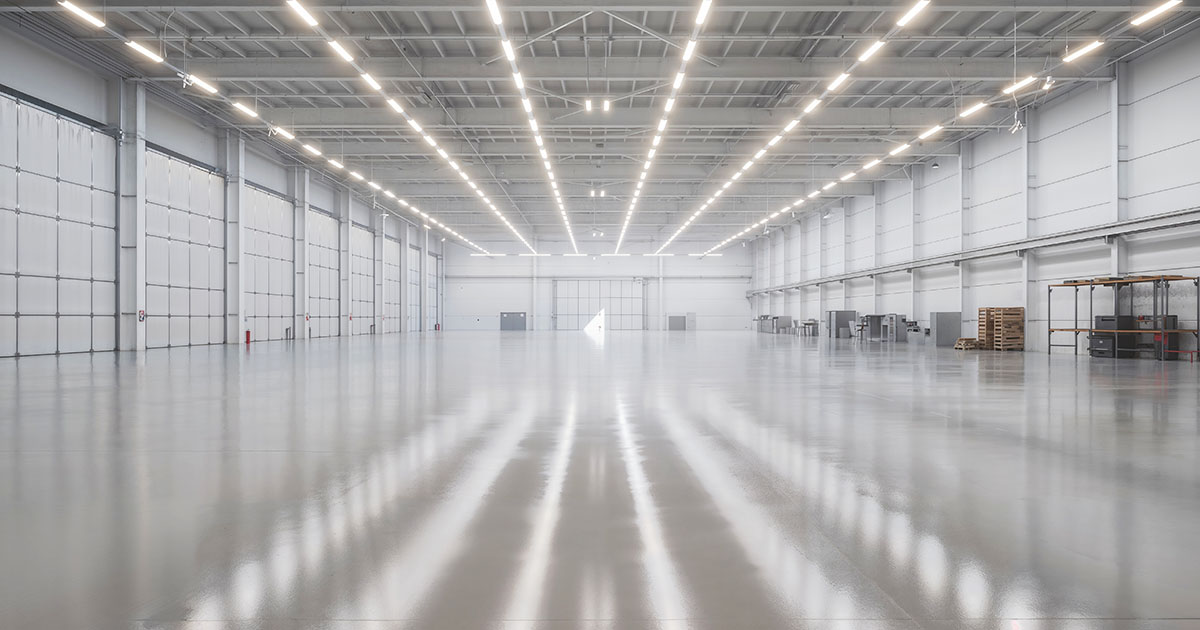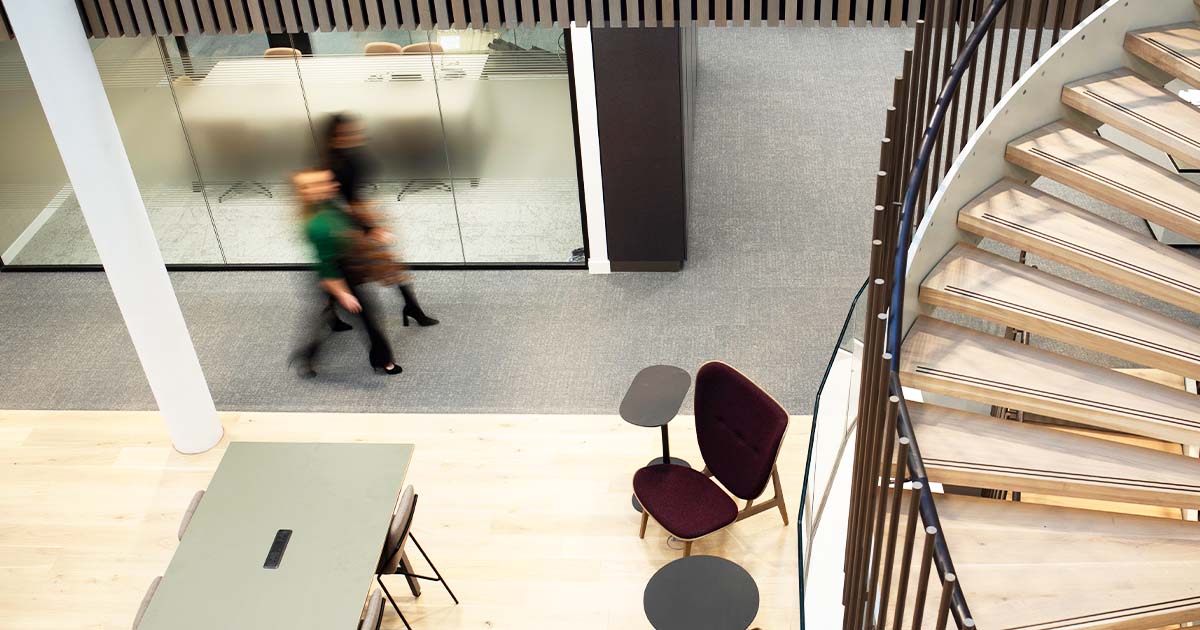There are decades where nothing happens; and there are weeks where decades happen – the changing landscape of the logistics sector

Beginning a summary of a conference with a quotation from Lenin was not something I thought I would be doing this year, however, as one panellist mentioned at this conference, this quotation encapsulates the current landscape of the state of the globe and the industrial and logistics sector is one of the few truly global sectors.
The Property Week’s Industrial & Logistics conference is always a perfect opportunity to gain and share insights in respect of what challenges the future of the sector faces. This year Magnus Hasset, Vicki Towers and I attended the conference. – The following are some of the key takeaways:
Planning
As any intrepid traveller within the sector will know, planning is never too far away from discussions when it comes to industrial and logistics. Maybe it was fitting that this year the conference was held in a new location where the Palace of Westminster loomed large in the background. With Government Policy Shake Up being the first panel event of the day, it demonstrated the important role that that government, and indeed planning, play in the future of this sector.
In short, the sector appears encouraged by the introduction of the “grey belt”, albeit with scepticism as to how this will evolve in relation to the green belt for industrial and logistics, especially as it appeared there were ‘subjective’ tests for such developments (as opposed to the more ‘objective’ tests assigned to residential developments).
As you might expect, there was continued dissatisfaction with the planning process as a whole with complaints surrounding different approaches taken by local authorities and the absence of any real “carrot” or “sticks”. Streamlining of the planning process is a theme that is broached each year and does not appear to be something that is going to change anytime soon.
Global trends
Macro and geopolitics are having a longstanding and sustained impact on the sector, . One area where this is having a profound effect is decision making. The predicament is causing higher costs but also making the decision process take longer. This has a knock on effect in respect of leasing voids and locations, with companies looking to near/on shore their facilities.
Power
Everyone is electrifying – indeed Maersk, for example, have started to electrify some of their fleet. What this means is that power is a crucial factor for any logistics & industrial stakeholder and one that will only continue to increase in importance.
Accordingly, power, or lack thereof, was another major theme for the conference. Experts were keen to stress that lines were not running “hot” – in fact, for example, UKPN are only at 60% capacity (although it was admitted that much of the technology was outdated). The real issue was in respect of queuing, with a number of “zombie projects” slowing up the process,. It was stressed, however, that capacity that had been allocated was starting to be rescinded if deemed to be ‘non-starters’.
It is clear that power – how to get it, what type, how quickly, at what cost – will continue to dominate the sector for years to come.
Sustainability
Intrinsically linked to power is sustainability – another overarching theme to the conference.
This angle has, and will continue to, come under increased scrutiny in light of America’s recent zeitgeist changes. This appears to have led major companies, such as BP moving away from renewables, to shift away from their sustainability targets. Whether the UK will start to follow suit, only time will tell.
An example of the drive to continue sustainability in this country is PV panels on rooftops – a project that is being championed by the UKWA (although it had hit some road bumps as parliament changes from blue to red). Warehouses with PV panels on roofs make up only 5% of the total warehouse rooftop space. It was clear that the low number was not due to a lack of appetite, or grid capacity, but because of the regulations and the amount of applications holding such items back.
In respect of CO2 emissions, the construction industry and the built environment has a large role to play in the reduction of carbon emissions given that they make up around 40% of total emissions. Most of this comes from the operation of the building, however a large element comes from ’embodied carbon’ – emissions as a result of material manufacturing, demolition etc. To achieve a reduction of the same it was clear that many elements have to be embraced by the industry such as; engaging early at the design stage; using, where possible, the circular economy; focusing on what materials were used (such as recycling concrete and steel); and collaborating with suppliers.
Postives?
Were there any? Yes. Despite the challenges above, growth still appears evident with normalised levels, if COVID peaks are ignored. E-commerce is still a driving factor of the logistics sector and one that does not appear to be slowing – especially when the “grey revolution” is taken into account, not to mention the ever increasing UK population.
Trump’s policies look set to have a positive impact on the defence sector with defence spending recently announced to be increased to 2.5%, at least in the short term. BAE Systems and the MoD have recently taken manufacturing space and this looks set to accelerate (which, in itself, highlights the diversification of occupiers of industrial warehouse space).
In short, the logistics sector is still grappling with many of the challenges that it has faced over the previous years with more appearing on the horizon. As mentioned above, the logistics sector is a vital sector that needs to grow and adapt to continue providing this essential service. Thankfully, it does appear that the sector looks poised to do so.




